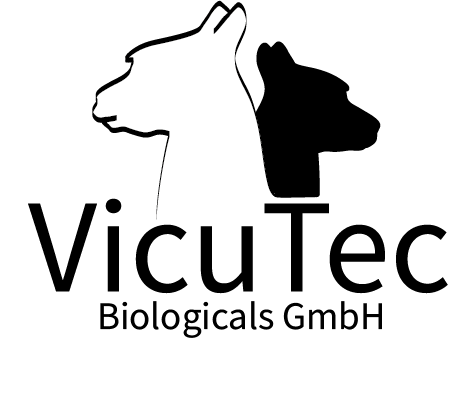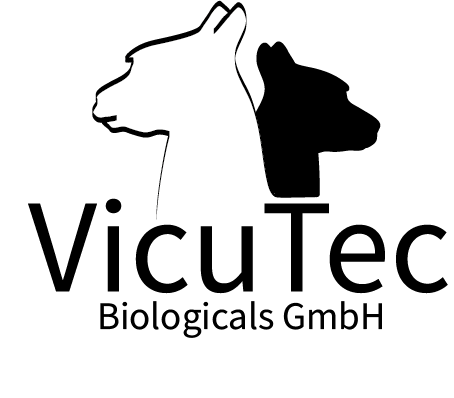Re-enabling phagocytes to eliminate mycobacteria
Tuberculosis (Tb) is one of the most devastating infectious diseases throughout human history. It is primarily affecting the lung and airways. However, generalized Tb can spread to virtually any part of the body, often with lethal outcomes. Each year, 10 million new cases are recorded worldwide, and 1.5 million people die from Tb. The disease is particularly widespread in developing countries, but it is found in every population on the globe.
The disease is caused by Mycobacterium tuberculosis (Mtb), a bacterium with properties that make it special in comparison to most others. Mtb proliferates very slowly. On the other hand, Mtb is remarkably resistant to the defense mechanisms of our body. Strikingly, Mtb preferentially resides within cells that would normally eliminate infectious agents. In other words, these bacteria are being eaten by professional defender cells (termed macrophages), but they are not digested. Instead, they even take advantage of their residence within such cells, since they now divide and replicate within a hidden place. At a later stage, they kill their host cell and further spread through a patient’s body. This Trojan horse behavior makes Mtb particularly dangerous, raising the need for efficient therapy.
We set out to develop nanobodies against Mtb-derived factors that drive Mtb survival and Tb development. The goal is to neutralize Mtb virulence factors and re-enable defender cells to defeat Mtb infection. Upon modification of such nanobodies to achieve favorable biodistribution and pharmacokinetics, we hope to bring such nanobodies to the clinics for successful Tb therapy and to eliminate Mtb even despite resistance to antibiotics. Targeting virulence factors through nanobodies is thus aiming at a major novel therapy of otherwise treatment-resistant Tb.


